
First time, Training Day.


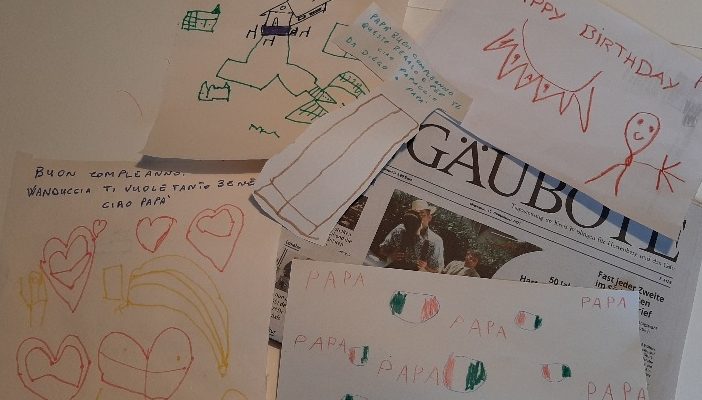
I have lived a Summer Staycation with my family and friends here in Herrenberg which is a place new for us, while was always a place for vacation for us. And now is our home town and our place.
With Nonno and Nonna visiting us, Blaubeuren @ Guni’s Klassentreffen, Calw, Opa and Oma, Pauline and Almi, MaisLabyrinth, Salvio, Herrenberg Naturfreibad, Tübingen, Spielplatz, Spielplatz, playing football with Diego and Wanda, Spielplatz, Spielplatz, Diego, Wanda, Guni.
A Summer full of love and happyness. I have been enjoying the kids 24 hours a day during the Kita closing period.
And today, that the Kita and my work start again, with a feeling of nostalgia I have been walking alone along the same path around home – from home to the bakery and playground – which Wanda Diego and myself walked together many mornings this summer.

È stato dolce ed emozionante vedere i miei figli interagire con il mio migliore amico Salvio, durante i tre giorni incui è stato qui.
Mi rendo conto che ricevo da loro, da Diego e Wanda, così tanto che sono io a crescere e cambiare insieme a loro. Imparo ogni giorno di più da loro, ogni giorno una lezione nuova, una dimostrazione dell’amore e di ciò che è giusto e che conta. Come oggi il palloncino a forma di unicorno per la piccola, dolce, immensa Wanda. Domani, spero, farò un errore in meno. Domani, spero, sarò migliore di oggi. Grazie a voi, piccoli miei.
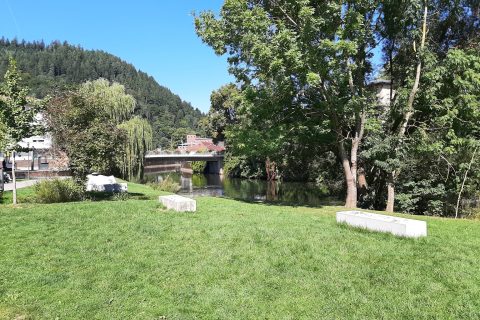
A beautiful day out in Calw with my amazing kids. Lot of Spielplatz, eating Spaetzle and Salmon in the MarktPlatz, visiting Opa’s church, they can’t miss gelati, driving through the countryside, lot of fun and lot of love.

The faraway line that met and melted with my line.

Soon the pines will be falling everywhere
Village children fight each other for a share
And the 609 goes roaring past the creek
Deacon Lee prepares his sermon for next week
I saw Grandma yesterday down at the store
Well, she’s really going fine for eighty-four
Well she asked me if sometime I’d fix her barn
Poor old girl, she needs a hand to run the farm
And it’s good old country comfort in my bones
Just the sweetest sound my ears have ever known
Just an old-fashioned feeling fully grown
Country comfort’s any truck that’s goin’ home
Down at the well they’ve got a new machine
The foreman says it cuts manpower by fifteen
“But that ain’t natural”, well so old Clay would say
He’s a horse-drawn man until his dying day
Now the old fat goose is flying ‘cross the sticks
The hedgehog’s done in clay between the bricks
And the rocking chair’s a-creaking on the porch
Across the valley moves the herdsman with his torch
Songwriters: Elton John / Bernie Taupin

After too many months…
Finally Ugo and Anna. We needed so much to meet again. The kids needed so much the nonni. Beautiful three weeks in August with tge Nonni in Herrenberg.

Wanda & Diego…Every day they amaze us with their beauty and with the things they do and say.
And today is the last day of the maternity leave you started months ago Guni. Thank you Guni, it’s been a beautiful and increadibly important time for us, for our kids, for our Family.
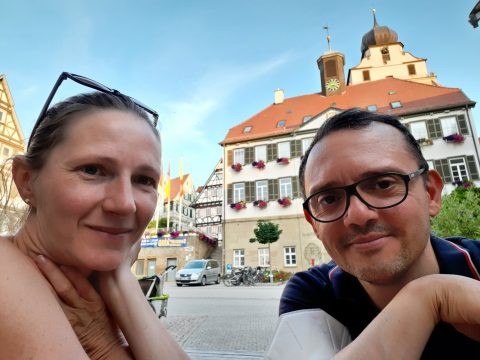
Dinner for 2, outside, on a Friday evening. Oma und Opa entertaining the kids. Enjoying Herrenberg.
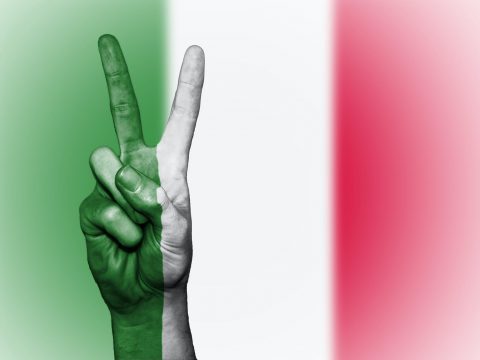
Italy is for the second time football European Champion.
European Champion 1968, 2020.
World Champion 1934, 1938, 1982, 2006.







We now live in Herrenberg! We are so happy about all the new beautiful things around us and looking forward to enjoying the ones ahead.

Leaving Berlin. Driving direction South, direction another new life.
Second Covid19 vaccine dose today
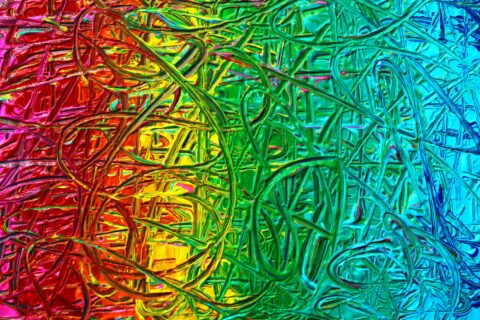
I am sweating, struggling, I am puzzled sometimes by the chaos and artificial entropy that we humans are able to generate. But I am also having more fun and enjoying. A new job role, new environment, new goals. And looking forward to live in a new place, Herrenberg.